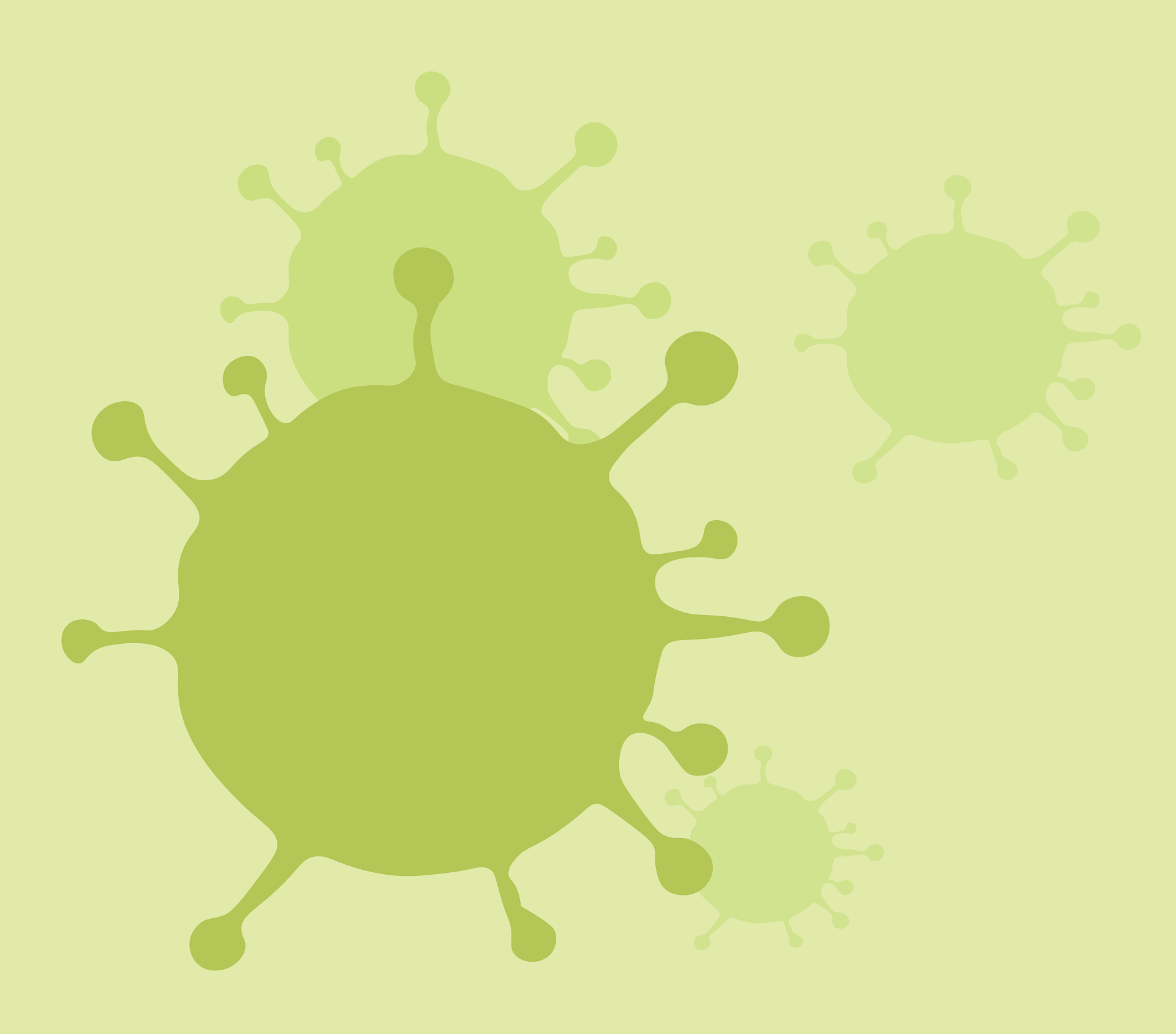# Understanding Microbiology: The Hidden World of Microorganisms
Microbiology, the study of microorganisms, is a fascinating field that explores life forms too small to be seen with the naked eye. These tiny entities, which include bacteria, viruses, fungi, and protozoa, play crucial roles in various ecosystems, human health, and industrial applications. This article delves into the significance of microbiology, its key areas of study, and its impact on our daily lives.
## The Scope of Microbiology
Microbiology encompasses various sub-disciplines, each focusing on different types of microorganisms and their interactions. Here are some key areas:
### 1. Bacteriology
Bacteriology is the study of bacteria, the most diverse and abundant microorganisms on Earth. Bacteria can be found in every habitat, from deep-sea vents to the human gut. They play essential roles in nutrient cycling, decomposition, and even in human health, as some bacteria are beneficial and necessary for digestion and immunity. However, certain pathogenic bacteria can cause diseases like tuberculosis and strep throat.
### 2. Virology
Virology focuses on viruses, which are acellular entities that require a host to replicate. Viruses can infect all forms of life, from animals to plants, and even bacteria (bacteriophages). Studying viruses is crucial for understanding infectious diseases, developing vaccines, and managing outbreaks, as seen with the global response to the COVID-19 pandemic.
### 3. Mycology
Mycology is the study of fungi, including yeasts and molds. Fungi play vital roles in decomposition and nutrient cycling, and they are essential for various industrial processes, such as fermentation in baking and brewing. However, some fungi can be pathogenic to humans, causing infections like athlete’s foot or more severe diseases in immunocompromised individuals.
### 4. Protozoology
Protozoology examines protozoa, single-celled eukaryotic organisms. Protozoa can be found in various environments, including soil, water, and as parasites in animals. Some protozoa are harmless, while others can cause significant diseases, such as malaria and amoebic dysentery.
### 5. Microbial Ecology
Microbial ecology studies the interactions of microorganisms with each other and their environments. This field is crucial for understanding ecosystem dynamics, nutrient cycling, and the role of microbes in environmental processes, such as bioremediation, where microorganisms are used to clean up contaminated environments.
## The Importance of Microbiology
Microbiology is integral to various aspects of life, health, and the environment. Here are some of the key contributions of microbiology:
### 1. Health and Medicine
Microbiology has revolutionized our understanding of health and disease. The discovery of antibiotics, such as penicillin, transformed medicine and saved countless lives by treating bacterial infections. Vaccines, developed through microbiological research, have eradicated or significantly reduced diseases like polio, measles, and smallpox.
Furthermore, the human microbiome, which consists of trillions of microorganisms living in and on our bodies, plays a vital role in maintaining health. Research shows that a balanced microbiome is essential for digestion, immune function, and even mental health.
### 2. Agriculture
Microorganisms are crucial in agriculture. Soil microbes enhance nutrient availability and promote plant growth through processes like nitrogen fixation and decomposition. Biopesticides, derived from beneficial microorganisms, help control agricultural pests without the harmful effects of chemical pesticides.
Moreover, research in microbial genetics has led to the development of genetically modified organisms (GMOs) that can withstand harsh conditions, pests, and diseases, increasing crop yield and food security.
### 3. Environmental Impact
Microbiology plays a significant role in environmental sustainability. Microbes are employed in bioremediation to clean up oil spills, heavy metal contamination, and other pollutants. They can degrade hazardous substances, making them less harmful to ecosystems.
Additionally, research in microbial ecology helps us understand the effects of climate change on microbial communities and their impact on global carbon cycles, aiding in the development of strategies to mitigate climate change.
### 4. Industrial Applications
Microbiology has numerous industrial applications. Fermentation processes, driven by bacteria and yeast, are used in the production of various food and beverage products, such as yogurt, cheese, beer, and wine. Industrial microbiology also involves the use of microorganisms in the production of enzymes, biofuels, and pharmaceuticals.
## Challenges in Microbiology
Despite its advancements, microbiology faces several challenges:
### 1. Antimicrobial Resistance
The rise of antimicrobial resistance (AMR) poses a significant threat to global health. Overuse and misuse of antibiotics have led to the emergence of resistant strains of bacteria, making infections harder to treat. Addressing AMR requires a multifaceted approach, including better antibiotic stewardship, development of new antibiotics, and public awareness.
### 2. Emerging Infectious Diseases
New infectious diseases continue to emerge, often linked to zoonotic transmission (from animals to humans). Factors such as climate change, urbanization, and globalization contribute to the spread of pathogens. Microbiologists play a crucial role in surveillance, outbreak response, and vaccine development to combat these threats.
### 3. Public Perception
Misconceptions about microorganisms can lead to fear and stigma, particularly regarding pathogens. Education is essential to promote a balanced understanding of the beneficial roles of microbes alongside their potential risks.
## The Future of Microbiology
The future of microbiology holds great promise. Advancements in technology, such as next-generation sequencing and bioinformatics, allow for more in-depth study of microbial communities and their functions. Synthetic biology, which involves engineering microorganisms for specific tasks, opens new avenues for innovation in medicine, agriculture, and environmental management.
### Conclusion
Microbiology is a dynamic field that significantly impacts our world, from human health to environmental sustainability. Understanding microorganisms’ roles and interactions is crucial for addressing global challenges such as disease outbreaks, food security, and climate change. As we continue to explore this hidden world, microbiology will undoubtedly remain at the forefront of scientific research and innovation, shaping our future for the better.

